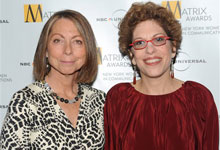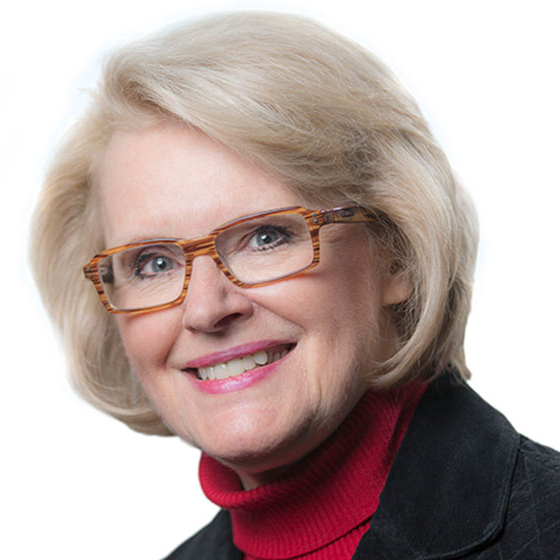Plenty of women who are — or used to be — in journalism are cheering for Jill Abramson. They see her ascendance to leadership of The New York Times as a victory, both real and symbolic. In real terms, her promotion to executive editor makes history; she’s the first woman to run the paper. Symbolically, it’s a big victory in the face of a big void.
According to the latest ASNE census, women hold just 34.6 percent of the supervisory roles at today’s newspapers. Abramson’s promotion doesn’t move the needle much on that number right now. But it can help.
- It can tap old-school publishers on the shoulder and remind them to look beyond their comfort zones when it’s time to promote. Old habits die hard. New success stories help kill old habits.
- It can encourage women in today’s newsrooms to stick around longer. A 2002 study by the American Press Institute found significantly more women than men in newsroom management were considering leaving the industry. They were less satisfied with their responsibilities and less optimistic about promotions than their male counterparts.
- It can serve as an inspiration to today’s journalism students, many of whom are women. It takes fortitude to pursue a career path in an industry under challenge. Seeing a woman lead a legacy institution into the digital future can be a powerful motivator.
There’s another reason to be pleased about this historic promotion. Those of us who came to journalism in the 1970’s, as Abramson did, know how women struggled against discrimination. The Society of Professional Journalists didn’t even allow women into its self-titled “fraternity” until 1969.
Read Nan Robertson’s book about “The Girls in the Balcony” and you’ll learn that in 1974, women at the New York Times filed a sex discrimination lawsuit against the paper. The suit pointed out that not a single female name appeared among the 21 editors and executives on the paper’s masthead, and that the average weekly salary of male reporters was $59 higher than that of female reporters. The paper settled out of court and distributed back pay to 550 women.
We’d like to think things are much better now — that times (and the Times) have truly changed.
-

- The New York Times managing editor Jill Abramson, left, and honoree The New York Times foreign editor Susan Chira attend the 2010 Matrix Awards presented by the New York Women in Communications at the Waldorf-Astoria Hotel on Monday, April 19, 2010 in New York. (Evan Agostini/AP)
Will the Times be a better news organization under the leadership of a woman editor? Those of us who have felt the sting of stereotyping may hesitate to declare one leader better than another, simply on the basis of gender. But one prominent biological anthropologist, Helen Fischer of Rutgers, makes a pretty compelling argument. She’s an expert on gender in the workplace and on how contemporary research demonstrates the unique competencies of women.
In an essay for the 2009 book “The Edge of Change: Women in the 21st Century Press,” Fischer wrote:
“Indeed, women’s power is likely to escalate, because many of our business environments need the skills of women: their verbal skills, their collaborative and nurturing leadership styles, their mental flexibility, and, increasingly, their tolerance for ambiguity.”
I hope Jill Abramson proves her right. And I hope for more.
As one of those women who’s introduced as a “first” in her field, I remind people that being first is really just a function of history, not exceptionalism. Many talented candidates have always been there. It’s up to all of us who open the door to make sure it opens ever wider.








Comments